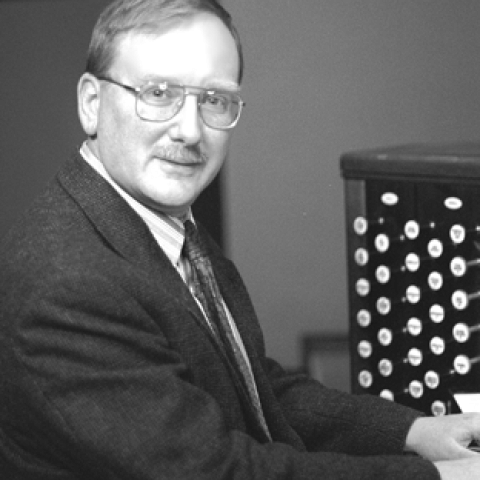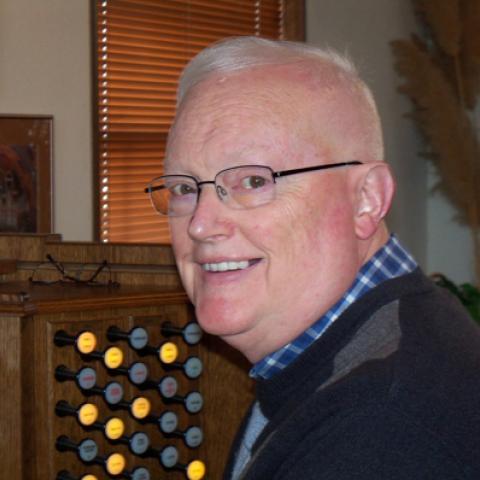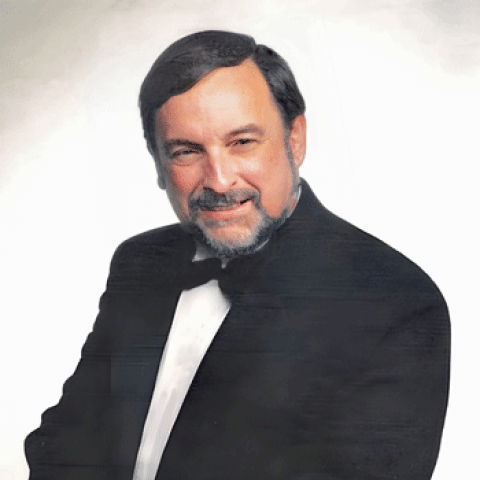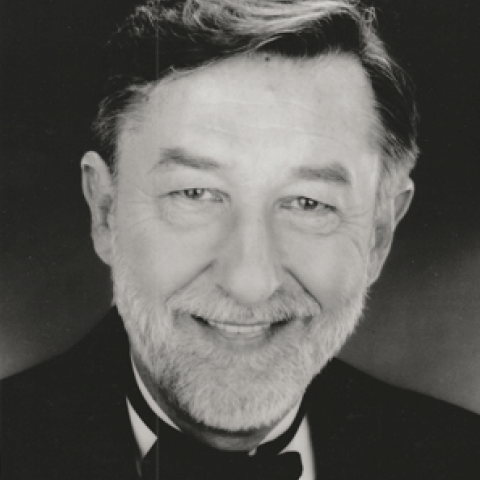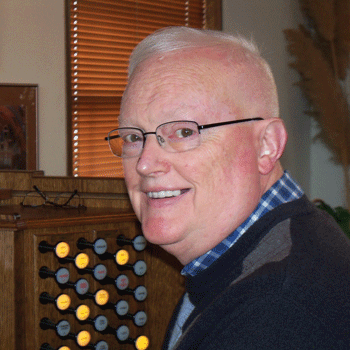
Franklin Ashdown, physician, organist, and composer, died January 30 in El Paso, Texas. Born May 2, 1942, in Logan, Utah, he started playing the piano at an early age and was called to be the organist for his ward of The Church of Jesus Christ of Latter-day Saints at age 13. After his family moved to Lubbock, Texas, he began organ studies with Judson Maynard. He completed his undergraduate work at Texas Tech in Lubbock, where he sang in the concert choir. Pursuing his passion for medicine, he attended Southwestern Medical School of the University of Texas in Dallas. He was in Parkland Memorial Hospital in Dallas when President John F. Kennedy was shot and brought into the emergency room, where Ashdown was recruited to be a liaison between reporters and doctors.
Ashdown spent his medical residency in Salt Lake City, and he spoke later of the great influence Tabernacle Organist Alexander Schreiner had on him. He felt that the signature sound of the Tabernacle organ and the sonorities Schreiner was able to exploit in his improvisations greatly affected his writing. Ashdown also studied organ in Utah with James Drake, who encouraged him to begin composing.
This was also the time of the Vietnam War, and Ashdown was able to defer being drafted until he completed his medical training. In order to fulfill his military obligations, he was assigned as a doctor to Holloman Air Force Base in Alamogordo, New Mexico, in 1971. He started his own medical practice as an internist in 1973, serving as physician in Alamogordo until his retirement in 2008.
For many years Ashdown was organist and choir director at The Church of Jesus Christ of Latter-day Saints in Alamogordo. Even during his busy medical years, he was composing. Upon his retirement, he was able to focus his full-time attention on composing organ and choral works. His organ works include many hymn and folk tune arrangements and also numerous original concert works. Over his career he had published more than 250 pieces for solo organ, at least 30 collections of organ music, 15 works for organ with other instruments, and 50 choral works with Augsburg Fortress, Concordia Publishing House, Gentry Publications, GIA Publications, H. W. Gray, Wayne Leupold Editions, Lorenz, MorningStar Music Publishers, Neil Kjos Co., Oregon Catholic Press, The Organist’s Companion, Oxford University Press, Paraclete Press, Sacred Music Press, and Zimbel Press.
His works were performed in venues such as Grace Cathedral, San Francisco; The Tabernacle at Temple Square, Salt Lake City; St. Paul’s Cathedral, London; and Notre Dame Cathedral, Paris. They have also been featured on American Public Radio’s Pipedreams, National Public Radio’s All Things Considered, and the Tabernacle Choir’s weekly broadcast Music and the Spoken Word.
Franklin Ashdown is survived by six siblings as well as 27 nieces and nephews and 101 great-nieces and nephews. Services were held February 4 at The Church of Jesus Christ of Latter-day Saints, Alamogordo.
Other recent obituaries:



